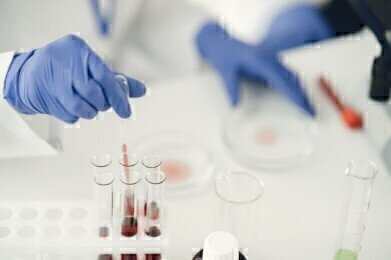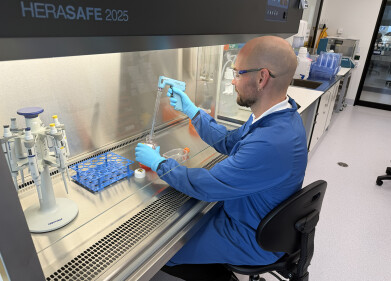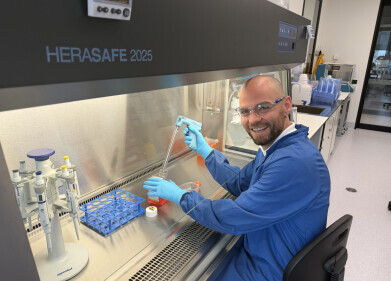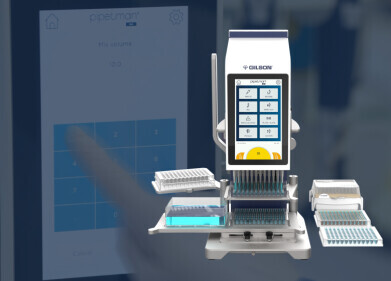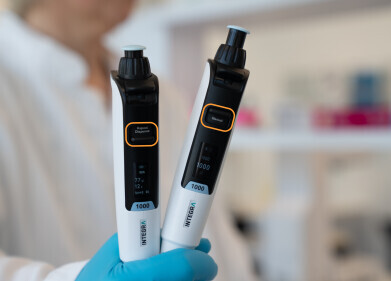Pipettes
The Importance of Accurate Pipetting
Jan 18 2022
Like most laboratory tasks, accuracy is paramount when it comes to pipetting. The process of aspirating and dispensing liquids is used across a wide range of sectors, from drug and vaccine development to blood tests and food analysis. Accuracy is a top priority for almost all pipetting applications and can have a profound impact on results.
Below, we explore why accurate pipetting is so important and look at the next-generation technologies being used to improve results.
Goal 1: Reliability
Reliability is one of the main reasons why accurate pipetting is so important in laboratories. For example, in a clinical laboratory if too much liquid is sucked into the pipette during a DNA sequencing task the sample may be accidently diluted. This would compromise the reliability of results and force the scientist to repeat the sequencing task.
Goal 2: Reproducibility
Taking steps to improve reproducibility is an important goal in all laboratories. The ability to recreate an experiment with granular precision allows scientists to verify results and ensure data is as accurate and reliable as possible.
Improving pipetting accuracy
Read on to find out more about the steps laboratories take to improve pipetting accuracy and improve the reliability and reproducibility of results.
Using the best pipette for the job
Positive displacement pipettes with low volume ranges are generally considered best-in-class. While air cushion pipettes are also used in modern laboratories, positive displacement technology usually offers better accuracy and precision.
Choosing the right techniques
Choosing the right techniques is one of the best ways to improve pipetting accuracy. For example, most aqueous liquids can be dispersed using the popular forward pipetting technique, however this doesn’t necessarily offer accurate results for ethanol, glycerol and BSA solution. For these challenging liquids, the reverse pipetting technique is preferred.
Reverse pipetting is also recommended for foaming and viscous liquids, as well as small volumes. Immersion depth and the angle of the pipette as it makes contact with the liquid can also impact accuracy.
Regular calibration
Regularly calibrating pipetting instruments and systems is another effective way to maximise accuracy in the laboratory. The ISO 8655 calibration guidelines for piston-operated volumetric apparatus is widely used across the life sciences sector.
Pre-wetting the tip
Pre-wetting the tip of the pipette can be an effective way to avoid evaporation during aspiration. This helps to improve the accuracy of pipetting measurements, especially for small volumes.
Find out more about best-practice pipetting, including the advent of high throughput liquid handling systems and robotic technologies, in our complete guide: ‘Liquid Handling - What, Why & How?'
Digital Edition
Lab Asia Dec 2025
December 2025
Chromatography Articles- Cutting-edge sample preparation tools help laboratories to stay ahead of the curveMass Spectrometry & Spectroscopy Articles- Unlocking the complexity of metabolomics: Pushi...
View all digital editions
Events
Jan 21 2026 Tokyo, Japan
Jan 28 2026 Tokyo, Japan
Jan 29 2026 New Delhi, India
Feb 07 2026 Boston, MA, USA
Asia Pharma Expo/Asia Lab Expo
Feb 12 2026 Dhaka, Bangladesh
